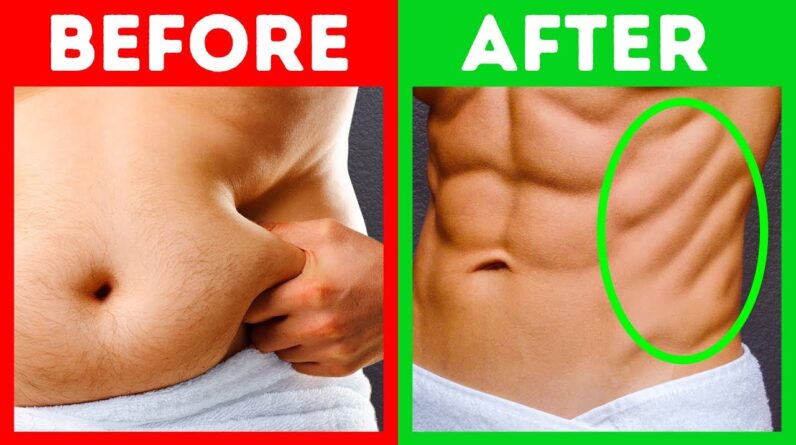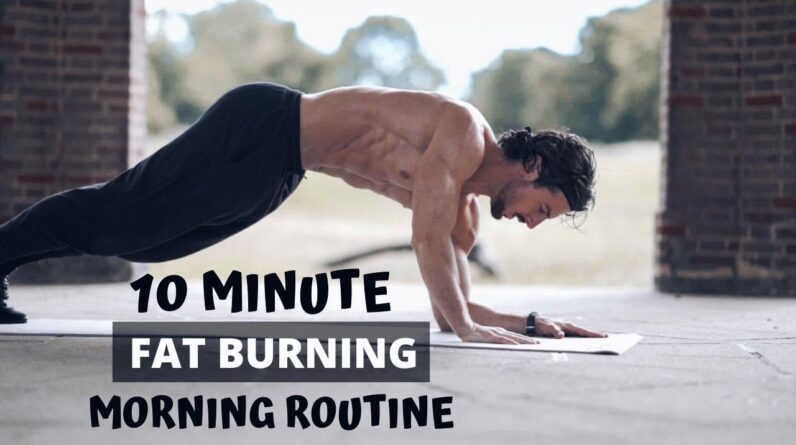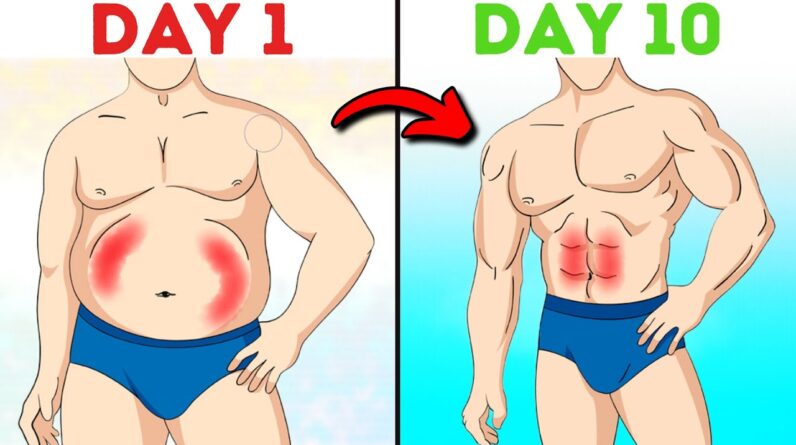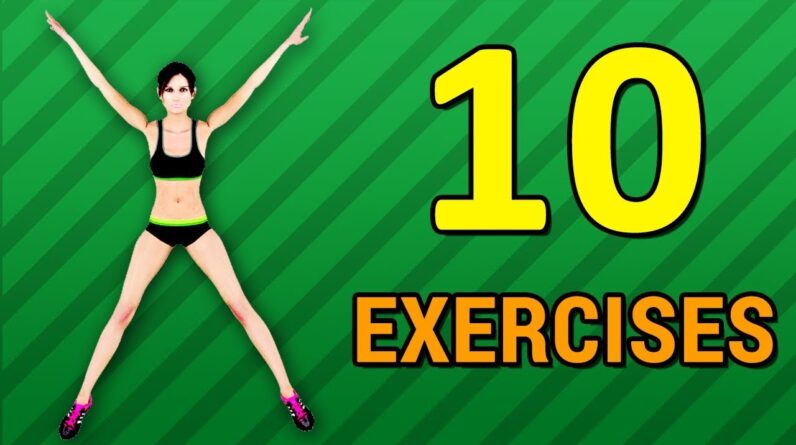
Looking for a quick and effective workout that you can do right at home? Look no further than Fraser Wilson’s 10 MIN BODYWEIGHT WORKOUT. This video provides a full body workout that requires no equipment or weights, making it perfect for any fitness level. Whether you have 10 minutes to spare or want to squeeze in a workout before bed, this home workout is designed to fit seamlessly into your schedule. So join Fraser as he guides you through each exercise, and feel free to pause the video if you need an extra rest. Remember, you can do this workout 2-3 times per week to keep active and stay fit. And if you’re looking for more workout options, be sure to check out Fraser’s other videos!
Get ready for one of the best Home Workouts of your LIFE! Let’s do this! A full body workout that you can do whenever and wherever you like… even before bed! You don’t need any equipment or weight. This video is full length which means you can just follow along with whatever I’m doing. If you need extra rest, just pause the video. If you don’t need a rest – watch it the whole way through. You can hit this home workout 2-3x per week – and if you wanted to keep active on your other days – be sure to check out my other workouts! ADD ME ON: Snapchat: FraserWilsonFit
Introduction
Welcome to your comprehensive workout guide! In this article, we will walk you through an effective and efficient workout routine that you can easily integrate into your daily life. Whether you’re a seasoned fitness enthusiast or just starting out on your fitness journey, this workout routine is designed to help you achieve your goals. So let’s dive in and get ready to break a sweat!
Overview of the Workout
Our workout consists of a combination of strength-training exercises and cardio bursts to maximize your results. We will focus on targeting the major muscle groups while also incorporating exercises that challenge your cardiovascular endurance. This well-rounded approach will help you build strength, burn calories, and improve your overall fitness level.
Before we get into the specific exercises, it’s important to note that this workout can be done at home or at the gym with minimal equipment. All you need is a mat or a comfortable surface, and if you prefer to add some extra intensity, you can grab a pair of dumbbells or resistance bands.
Warm-Up
Before diving into the main workout, it’s crucial to properly warm up your body to prevent injuries and prepare your muscles for the upcoming exercises. Our warm-up routine consists of several simple and effective movements that will get your blood flowing and increase your range of motion. Let’s start with:
Joint Rotations
Begin by gently rotating your wrists, elbows, shoulders, hips, knees, and ankles. This helps lubricate the joints and increases mobility, reducing the risk of strains or sprains during the workout.
March in Place
Now, march in place for about a minute to elevate your heart rate and warm up your leg muscles. Focus on lifting your knees high and swinging your arms naturally.
Arm Circles
Stand with your feet shoulder-width apart, extend your arms out to the sides, and start making small circles with your arms. Gradually increase the size of the circles, moving both forward and backward. This exercise activates your shoulder muscles and improves shoulder mobility.
High Knees
Stand tall and lift your knees one at a time towards your chest, alternating between each leg. Engage your core and swing your arms in sync with your leg movements. Continue this exercise for about 30 seconds to elevate your heart rate and warm up your quadriceps and hip flexors.
Jumping Jacks
Now it’s time to add some cardiovascular intensity. Stand with your feet together and arms by your side. Jump your feet out to the sides while simultaneously raising your arms above your head. Jump your feet back together and lower your arms back to the starting position. Repeat this exercise for about a minute to increase your heart rate and warm up your entire body.
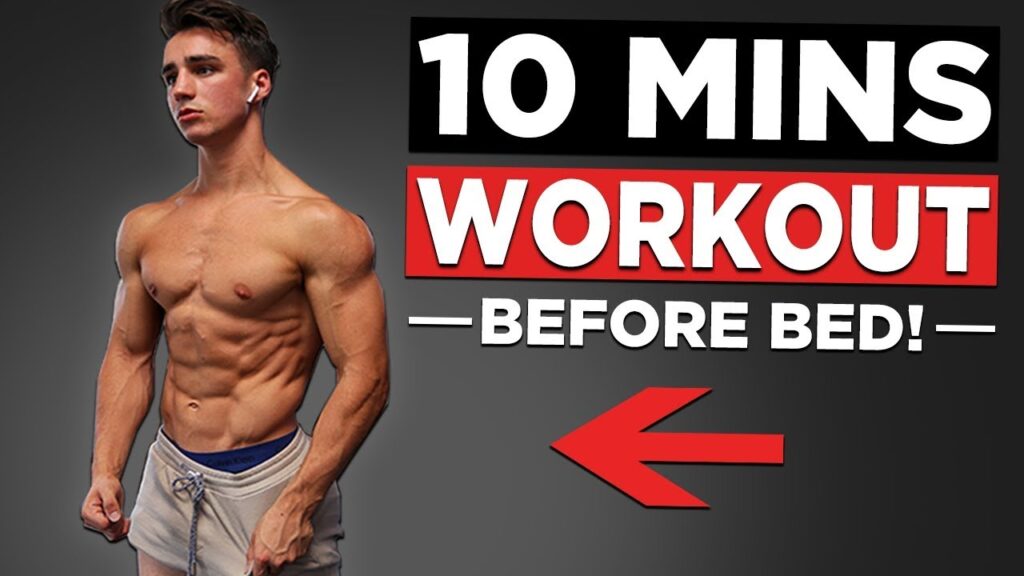
Exercise 1: Squats
Squats are a compound exercise that targets the muscles in your legs, glutes, and core. They are a fantastic exercise for building lower body strength and improving overall balance and stability.
Proper Form and Technique
To perform a squat:
- Stand with your feet shoulder-width apart, toes slightly turned out.
- Engage your core, chest up, and maintain a neutral spine.
- Lower your body down by bending at the knees and hips, as if you’re sitting back into a chair.
- Keep your weight in your heels and your knees tracking over your toes.
- Lower down until your thighs are parallel to the floor, then push through your heels to return to the starting position.
Modifications and Progressions
If you’re new to squats or have any knee or hip issues, you can modify the exercise by performing a half squat or using a chair for support. To progress the exercise and add more challenge, you can hold dumbbells or a barbell across your shoulders.
Reps and Sets
For beginners, start with 2 sets of 10-12 reps. As you progress, you can increase the number of sets and reps to challenge yourself further. Remember to listen to your body and take breaks as needed.
Exercise 2: Push-Ups
Push-ups are a classic exercise that primarily targets the muscles in your chest, shoulders, and triceps. They also engage your core and promote upper body strength and stability.
Proper Form and Technique
To perform a push-up:
- Start in a high plank position with your hands slightly wider than shoulder-width apart and your feet together.
- Engage your core, glutes, and maintain a straight line from your head to your heels.
- Lower your body towards the floor by bending at the elbows while keeping them close to your body.
- Lower down until your chest almost touches the floor, then push through your palms to extend your arms and return to the starting position.
Modifications and Progressions
If you’re new to push-ups or find them challenging, you can modify the exercise by performing them on your knees or against an elevated surface, such as a bench or countertop. To progress the exercise, you can elevate your feet on a stable surface or add variations like wide grip push-ups or diamond push-ups.
Reps and Sets
Start with 2 sets of 8-10 push-ups. As you gain strength, gradually increase the number of sets and reps. Take breaks as needed and push yourself within your ability.
Exercise 3: Lunges
Lunges are an excellent exercise for targeting the muscles in your legs and glutes while also engaging your core for stability. They help improve balance, strengthen the lower body, and enhance overall lower body coordination.
Proper Form and Technique
To perform a lunge:
- Start by standing tall with your feet hip-width apart.
- Take a step forward with your right foot, keeping your torso upright and your core engaged.
- Lower your body down by bending both knees until your right thigh is parallel to the floor, with your right knee directly above your ankle.
- Push through your right heel to return to the starting position, then repeat on the other side.
Modifications and Progressions
If you’re new to lunges or struggle with balance, you can modify the exercise by performing stationary lunges or using a wall or chair for support. To progress the exercise, you can hold dumbbells in each hand or add variations such as reverse lunges or walking lunges.
Reps and Sets
Start with 2 sets of 10-12 lunges on each leg. Increase the number of sets and reps as you become more comfortable and stronger. Maintain good form and take breaks when needed.
Exercise 4: Plank
The plank is a powerful exercise that targets your core muscles, including your abs, back, and glutes. It helps improve core strength, stability, and posture.
Proper Form and Technique
To perform a plank:
- Start by assuming a push-up position with your hands directly under your shoulders.
- Engage your core, glutes, and legs, keeping your body in a straight line from head to heels.
- Avoid sagging your hips or lifting your backside too high, maintaining a neutral spine.
- Hold this position for as long as you can while maintaining proper form.
Modifications and Progressions
If you’re new to planks or find the full plank challenging, you can modify the exercise by performing it on your forearms instead of your hands. To progress, you can lift one leg or arm off the ground while maintaining the plank position or add variations like side planks or walking planks.
Reps and Sets
Start with holding a plank for 20-30 seconds and aim to increase your hold time gradually. Perform 2-3 sets, taking breaks between each set. Focus on maintaining proper form rather than pushing yourself to exhaustion.
Exercise 5: Mountain Climbers
Mountain climbers are a dynamic exercise that targets multiple muscle groups, including your core, chest, shoulders, and legs. They are a fantastic way to elevate your heart rate while also incorporating strength and endurance training.
Proper Form and Technique
To perform mountain climbers:
- Start in a high plank position with your hands directly under your shoulders and your feet together.
- Engage your core and bring your right knee towards your chest, then quickly switch legs, bringing your left knee towards your chest while extending your right leg back.
- Continue alternating legs in a running motion, maintaining a steady pace and engaging your core throughout.
Modifications and Progressions
If you’re new to mountain climbers or find them challenging, you can modify the exercise by performing it at a slower pace or by placing your hands on an elevated surface, such as a bench. To progress, you can increase the speed or add a cross-body component by bringing your right knee towards your left elbow and vice versa.
Reps and Sets
Start with performing mountain climbers for 30 seconds, then rest for 30 seconds. Repeat this for 2-3 sets, gradually increasing the duration of each set as you become more comfortable and stronger.
Exercise 6: Crunches
Crunches are a classic abdominal exercise that focuses on strengthening your rectus abdominis, the front muscles of your core. They promote core stability, improve posture, and help define your abs.
Proper Form and Technique
To perform a crunch:
- Lie flat on your back with your knees bent and feet flat on the ground, hip-width apart.
- Place your hands behind your head or cross them over your chest, avoiding pulling on your neck.
- Engage your core, and using your abdominal muscles, lift your head, neck, and shoulder blades off the ground.
- Exhale as you lift and inhale as you lower back down to the starting position.
Modifications and Progressions
If you’re new to crunches or have lower back issues, you can modify the exercise by performing a supported crunch with your feet elevated or by only lifting your head and shoulder blades slightly off the ground. To progress, you can add a twist at the top of the movement or use an exercise ball to increase the range of motion.
Reps and Sets
Start with 2 sets of 12-15 crunches, focusing on maintaining proper form and engaging your core throughout the movement. Gradually increase the number of sets and reps as you develop strength and endurance.
Conclusion
Congratulations on completing this comprehensive workout guide! We’ve covered a range of exercises that target various muscle groups and improve both strength and cardiovascular fitness. Remember to always listen to your body, start at a comfortable level, and gradually progress as you become stronger and more confident.
Consistency and dedication are key when it comes to achieving your fitness goals. Try incorporating this workout routine into your weekly schedule, aiming for at least three sessions per week. As you start to see and feel the results, you’ll be motivated to continue pushing yourself and challenging your limits.
Don’t forget to combine your workouts with a balanced diet and prioritize rest and recovery. And most importantly, have fun with your journey to a healthier and fitter you! Keep up the great work, and remember that you are capable of reaching your fitness goals.

